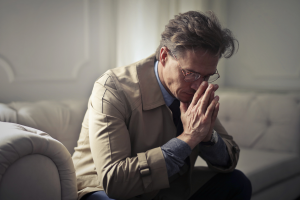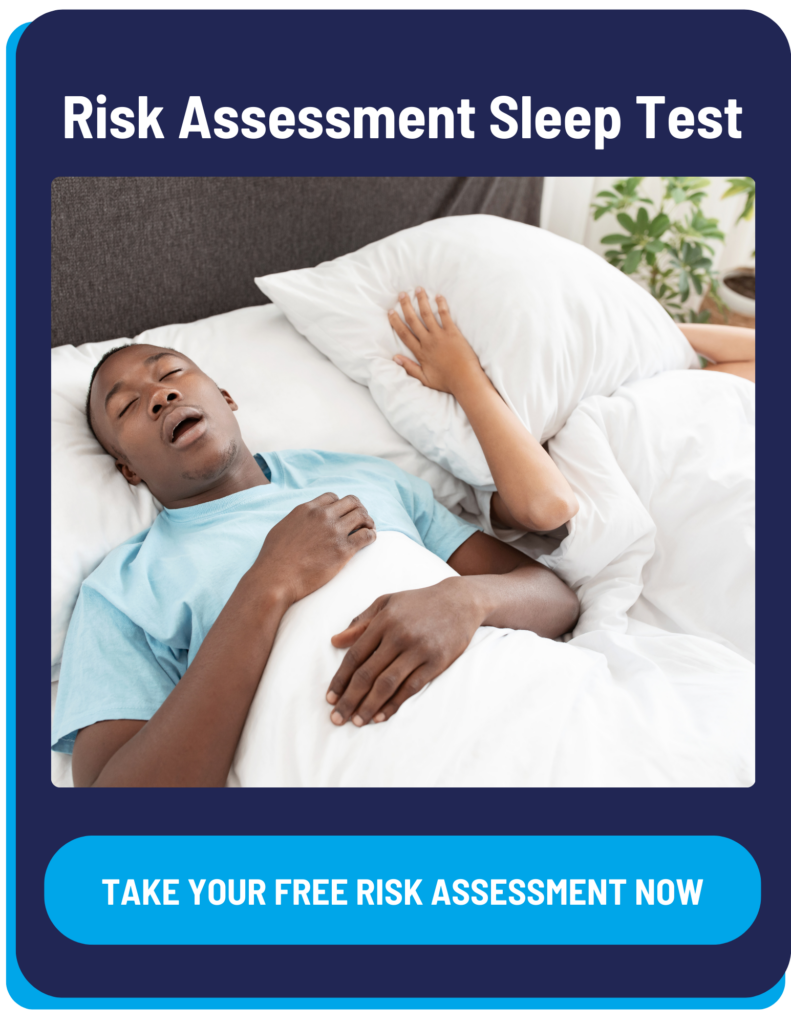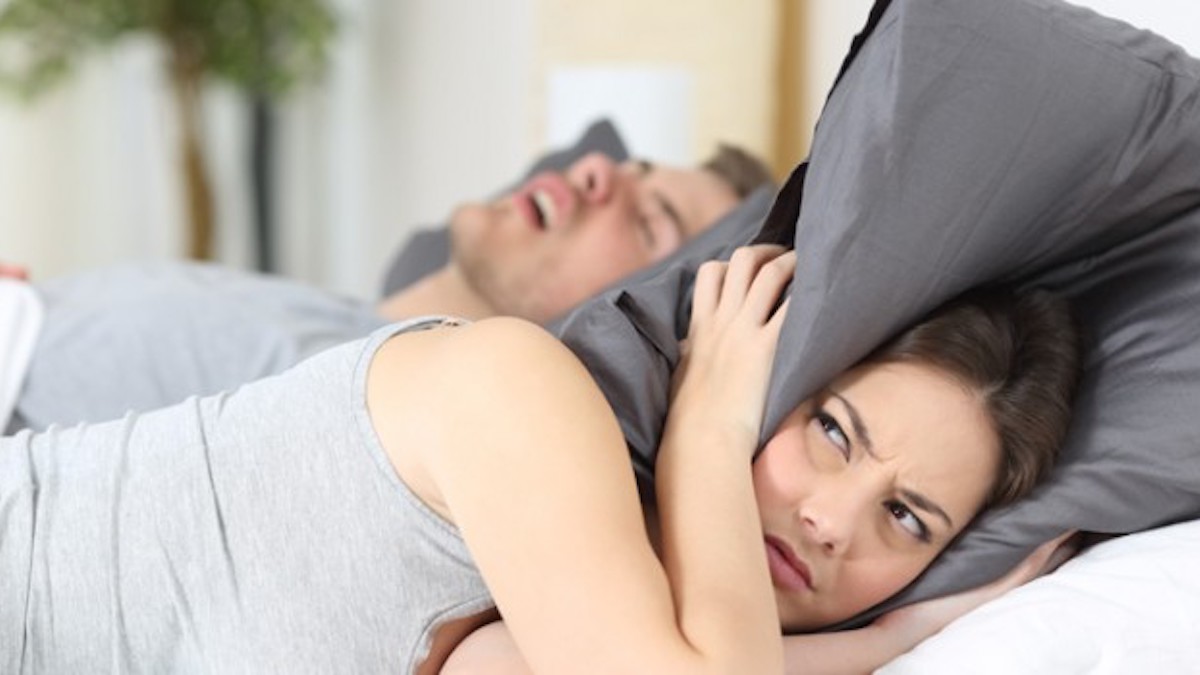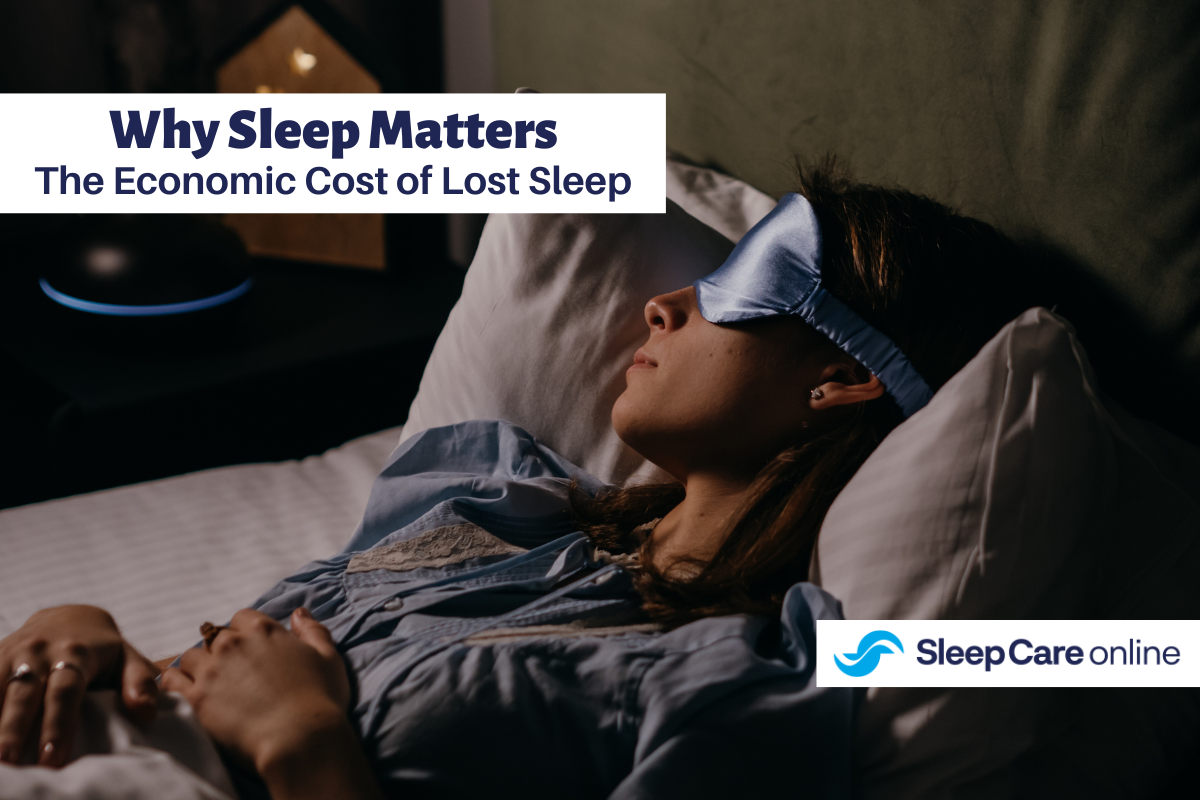When you have both seasonal affective disorder and sleep apnea, you may experience both sleep loss and changes to mood during seasonal change. Individually, each disorder can affect sleep and mood on its own. But when both conditions are combined, sleep health and mental health can both be severely compromised. Managing both disorders requires understanding how the conditions are related to your circadian rhythm, which affects both sleep and mood. Personal awareness can help you take measures to help prevent the disorders from impacting your well-being.
 What is Seasonal Affective Disorder?
What is Seasonal Affective Disorder?
Seasonal affective disorder, or SAD, is a form of depression that is related to changes in the seasons. Usually, SAD begins to impact patients during the autumn months with feelings of sadness and energy loss. These feelings can last through the winter. The symptoms begin to subside as spring and summer approach. During the SAD period, patients lose interest in the things they love most, become listless and indifferent, and also may experience sleep problems.
What are the Causes of Seasonal Affective Disorder?
While the causes of seasonal affective disorder are not clearly defined, researchers believe that the reduced level of sunlight during the fall and winter months may affect our biological clocks, which can trigger SAD. The change in exposure to that much-needed daylight leads to definitive biological changes including drops in serotonin which affects mood and drops in melatonin, which affects sleep. A family history of the condition and low levels of Vitamin D may also play a role for patients with the condition.
How to Treat Seasonal Affective Disorder
Light therapy is one of the most effective approaches for treating SAD. Individuals can use light therapy lamps daily to help the body feel as if typical daylight is still present. Light exposure can help rebalance biological clocks. Doctors may also recommend regular exercise, a healthy diet, and socializing as all ways to stay healthy and in good spirits during the seasonal changes. More severe cases may require medication to help boost mental health.
How Sleep is Affected by Seasonal Affective Disorder
Because of the drop in serotonin, many patients affected by seasonal affective disorder may experience sleep problems. These issues can range from insomnia to excessive sleep. Many patients may fall out of their normal sleep routine which only makes it more difficult for our biological clocks to adjust. If patients are also managing a sleep disorder, SAD can be problematic. Anyone also treating sleep apnea should try and stick to their sleep schedule and stay CPAP compliant.
How to Resist Seasonal Affective Disorder
Knowing that your feelings of depression or your sleep loss are related to SAD helps you effectively manage the symptoms and feel better. Speak to your doctor if you begin experiencing any of the symptoms of SAD during the fall or winter months. Beginning light therapy early can help curtail the severity of symptoms. Maintain a regular daily schedule to help keep your mind focused. Part of that schedule should include consistent sleep patterns.
Where Can I Get an At-Home Sleep Test?
If you have been diagnosed with SAD but still experience sleep loss, it is possible that you may have sleep apnea as well. Fortunately, a home sleep apnea test is an easy way to get a diagnosis. Here is how it works:
- With the Complete Care Package, schedule a 10-minute telehealth visit with a healthcare provider to discuss your symptoms, upcoming sleep study, test results, and treatment options.
- A multi-night, disposable home sleep apnea test is mailed to your home to be completed at your convenience.
- A physician analyzes the sleep data and provides a prescription if needed.
- Schedule an optional follow-up appointment (additional fee applies).
- We connect you to sleep experts who can offer customized sleep therapy options, assistance in equipment purchase, and initial set-up.





